Flying off to an exotic location sounds like the perfect plan to spend your time of leisure.
While packing, your luggage is bound to get heavier by the minute, especially if you are a parent.
Packing spare diapers, bottles, clothing, and toys is essential, but have you considered what to do with that cumbersome car seat?
Do you baggage claim it or gate check it? Which one is the best option?
We talked about the most efficient car seat airport carrier's most efficient methods in a previous post if you remember.
This detailed guide will list all the necessary information you should know about checking a car seat on an airplane before planning your vacation.
Further, you may want to know everything about flying with the car seat before looking at the details.
More...
Gate Checking a Car Seat Vs. Baggage Claim: Is There Any Difference?
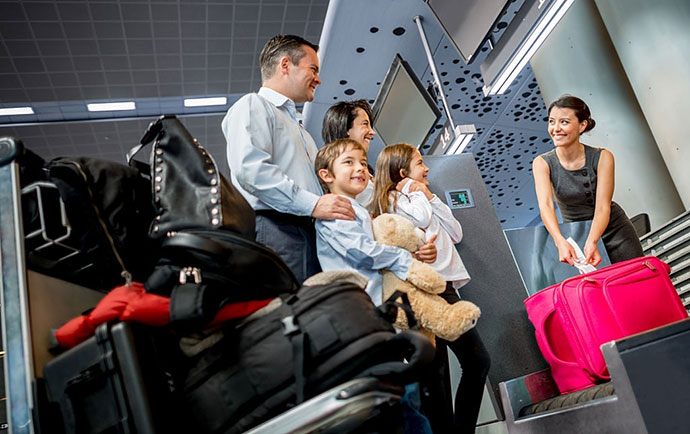
Firstly, let's cover the term "gate checking" for parents flying for the first time.
Gate checking refers to checking your luggage (in this case - car seat) right at the gate.
When you check the car seat at the entrance, your belonging will be then passed on the mainline flight, and you can expect to pick them up when you arrive at the destination.
A lot of the parents favor this option since it puts them in control.
If you are traveling with your favorite car seat, you don't want anyone to damage it.
By gate-checking a car seat, you are the one responsible for how your car seat is handled-not the staff!
If you plan to fly with a lap infant, then gate checking a car seat can be an excellent choice for you.
Side Note: Best Mommy Tip for Gate Checking:
1. If you get away with the gate checking a car seat, here is a little hack.
You can always sneak in some extra diapers, clothing, toys, or formula.
Most airline staff don't mind if you pack a few other essentials with your car seat. Plus, it is a great space-saving solution for some of the items that couldn't fit in your carry on.
2. If you were not already familiar with this, most airlines would allow you to check the car seat-free and ticket.
However, as we previously mentioned, you risk getting the baggage lost.
Sure, you can last a day or two without some clothing or baby toys, but public transportation is out of the question without car seats.
It sounds quite simple in theory, so why are so many parents opposed to it?
Well, let's lead with: things don't always go as planned.
Checking a car seat with luggage is an entirely different scenario full of ups and downs, which brings me to my next issue: do you need a car seat on a plane?
Read more —
Car Seat on a Plane: Is It a Must-Have?
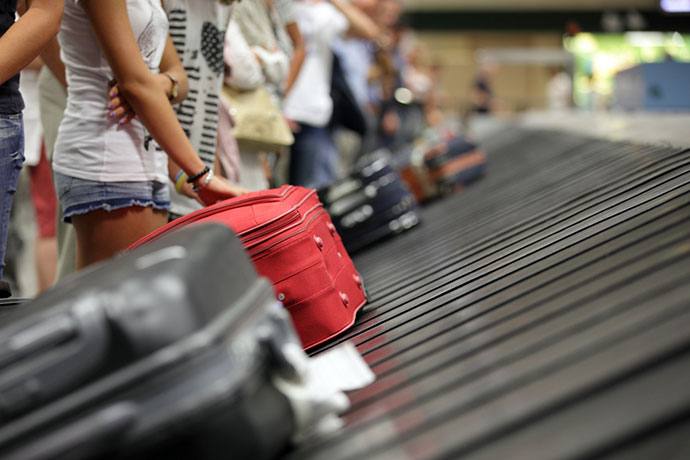
Absolutely! You need the baby car seat on the plane if you are opposed to flying with a lap infant.
The FAA does not require, but they strongly recommend you secure your little ones in a child-restraining device during the flight.
A baby younger than two years old is seen as an infant, and the airline requires you to secure them in two ways: either you hold them the entire flight, or you purchase a separate ticket for the car seat.
What Happens When I Check the Baby Car Seat?
I bet a lot of your fellow parent-friends told you several horror stories about checking a car seat on a plane.
In reality, it does not have to be a negative experience.
Not if you prepare ahead, of course.
On that note, I would like to add the following tip:
Whether you are gate checking or baggage claiming a car seat, a bonus tip is always to arrive early.
We are aware that traveling with children can sometimes leave us finishing tasks at the last minute, but this is a golden ticket to getting the best out of the flying experience.
Early arrivals let you speak to the staff about your requirements.
If you fly for the first time, you may not be acquainted with all of the car seat laws and the best options for checking it.
Logically, the staff is unwilling to cooperate with your special requests if you are running late or are holding the gate just for your family.
On that account, the next time you plan a trip with children, make sure you get everything on time and arrive early for helpful consultations with the staff.
Now that we got that out of the way let's talk technicalities.
You need to be prepared for two gruesome scenarios: whether you will lose the baggage entirely or it will arrive damaged.
Sadly, this has become a frequent situation nowadays.
However, I have a few tricks up my sleeve if you find yourself in any of these scenarios.
Help! My Car Seat Got Lost
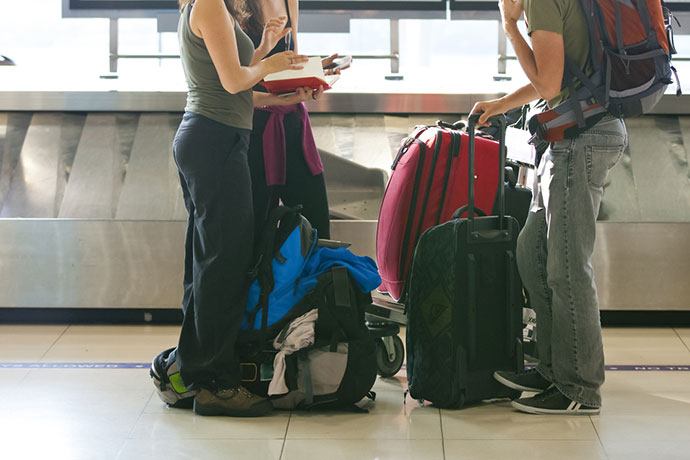
It seems as though losing baggage has become a part of an airline.
It's bound to happen to someone, and there is nothing you can do to prevent it.
Over last year, almost 25 million bags were misdirected or lost in airlines.
This is a legitimate concern, considering that losing luggage is even higher when you take a connecting flight.
As soon as you notice your car seat has not arrived with the rest of the baggage, immediately head over to the main desk and file a claim!
For damaged items, have in mind that the airline won't cover all damages.
For example, don't expect a refund for a few scratches, torn wheels, or minor dents.
Airlines usually compensate for the items that have been carefully packed with recommended shipping containers.
If the luggage is lost and the airline does not get back to you within a week, you can say goodbye. The airline defines "lost luggage" as everything between five to thirty days.
Generally, an airline pays around $3,500 per passenger in U.S. domestic flights.
If you already paid the baggage check fee, the airline is obliged to refund your account's payment.
Always check the carrier's website for specific pieces of information regarding lost or damaged luggage.
Damaged Car Seat Arrives: Now What?
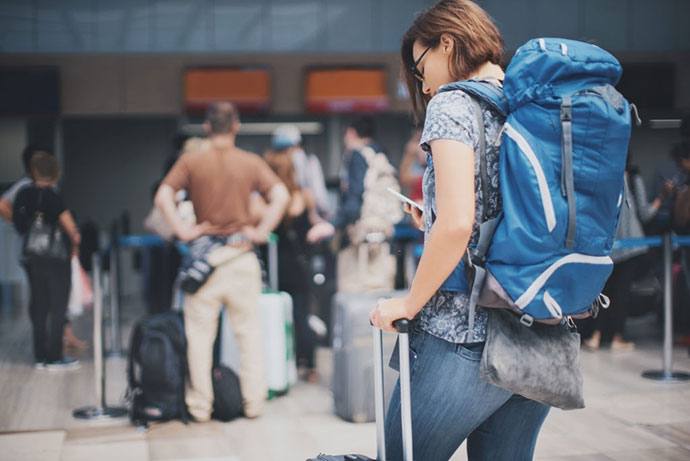
You're standing beside the baggage claim, and you notice that the protective bag you put on the car seat is completely torn apart!
You are desperate even to take a sneak peek and see what's left of your car seat.
Let's face it; many parents check the car seat plenty of times without a scratch.
But then there are the ones with no luck.
After checking their seat, they are faced with either minor damage or a significant one.
You may have traveled several times with a checked car seat, but is it still safe?
When the seat is out of your sight, it may undergo some severe damage; in that case, you should consider a replacement seat as a precautionary measure.
Even though car seats are designed to endure collisions, you should not take them for granted.
Once you reach the destination, always check the seal for damage. Scrutinize it, making sure there aren't any damages that can affect its function.
You may ensure that the car seat is not affected by dirt and whatnot, but you cannot control what goes on when you leave it in someone else's care.
You can now do a few things to make sure your car seat is still in proper use after the flight.
I would suggest you head out to Target right now and purchase some bubble wrap and a cardboard box.
Sure, things might get bulky at the end, but honestly, isn't it better to be safe than sorry?
How to Know if Your Car Seat Is Suitable for Airplanes?
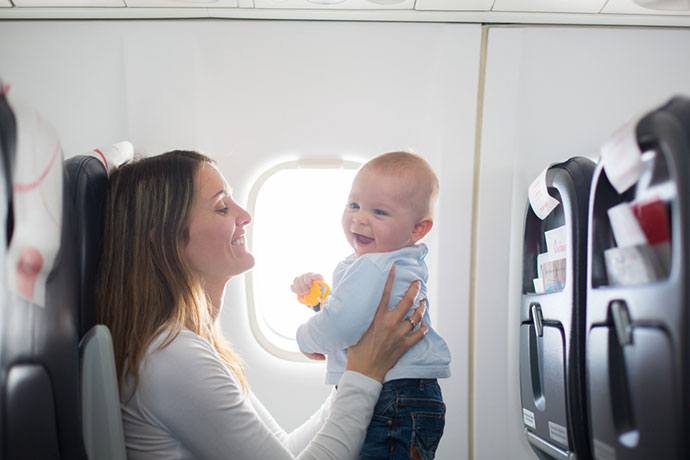
We mentioned the child-restraint system (CRS), but how should one know if the seat is suitable for the airplane?
If you check the National Highway Traffic Safety Administration
website, you can notice that not all car seats are ideal for airlines.
A CRS is a child safety seat with an integrated hardback designed, suitable for motor vehicles and aircraft.
Before checking in the CRS, make sure that it is government approved.
An instant way to do so is to check the label on the side of the seat, saying, "This restraint is certified for use in motor vehicles and aircraft."
If it has it, then you are good to go, but if not, then you have to check the seat as baggage.
Final Words
Now that we have covered the general rules, tricks, and tips for checking the car seat on an airplane, you can plan out your vacation.
Consider these options and figure out what works best for you.
Traveling with a car seat by your side can be quite tricky but necessary for your baby's safety.
